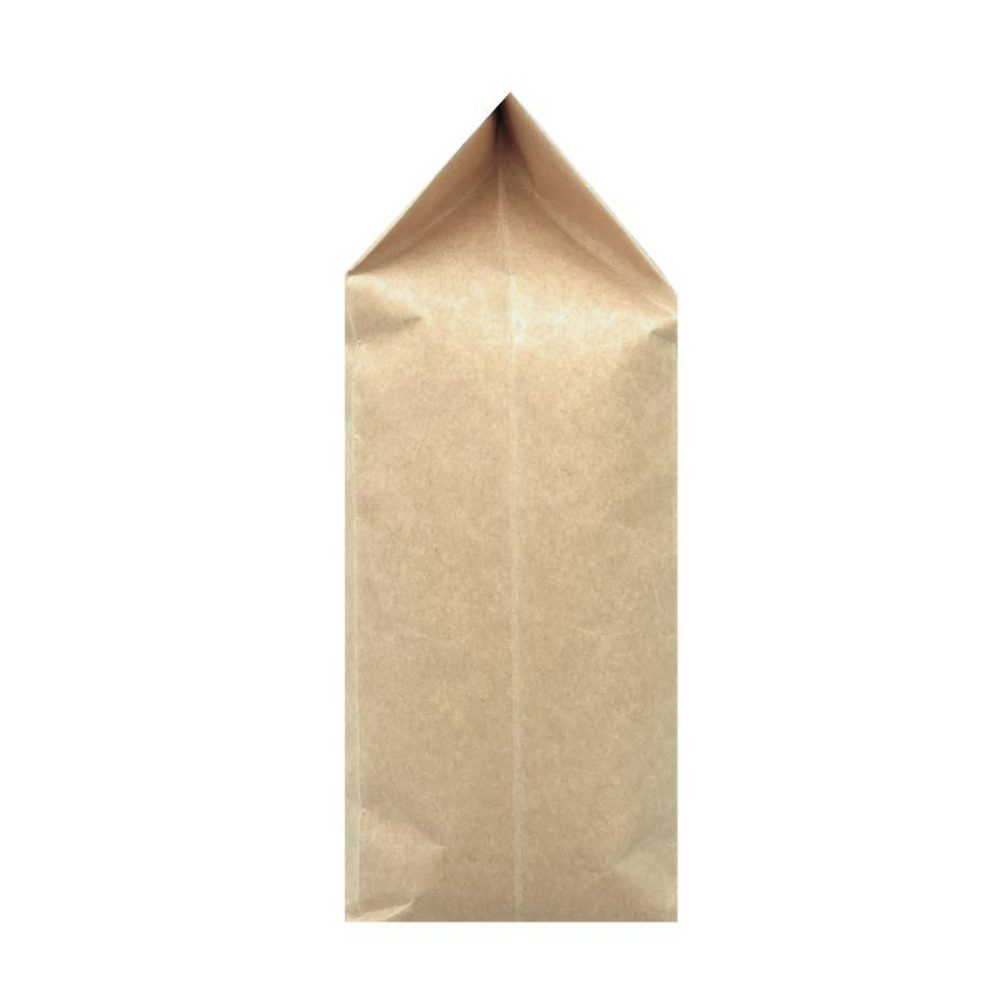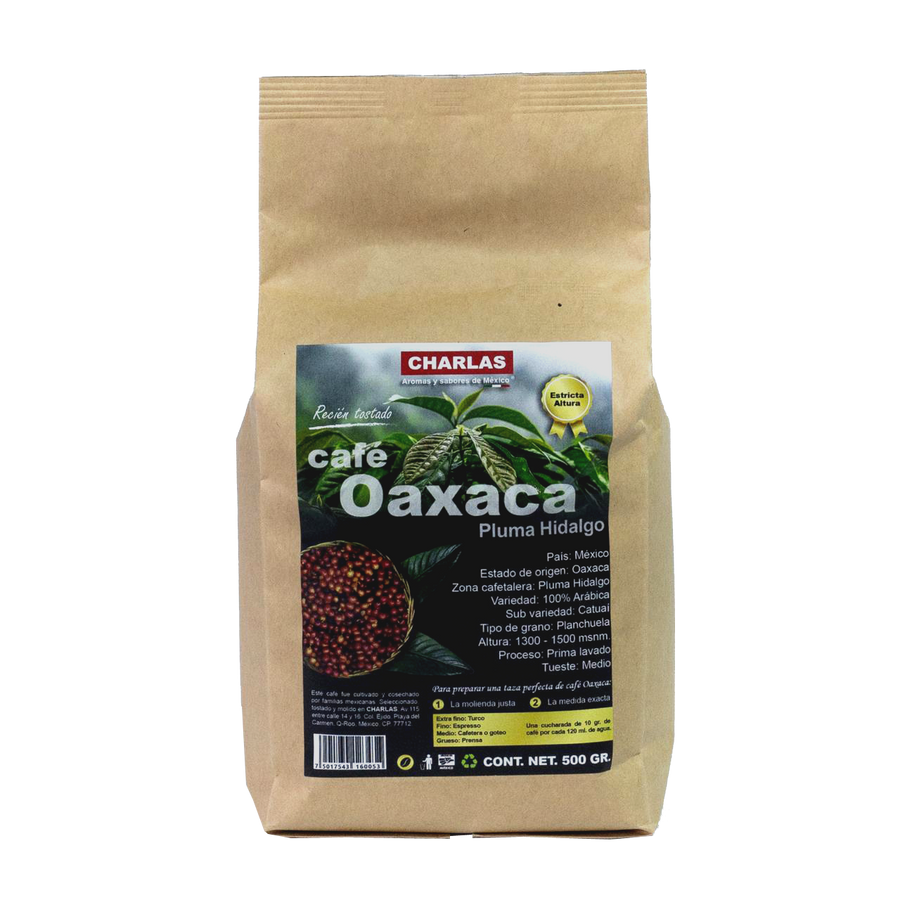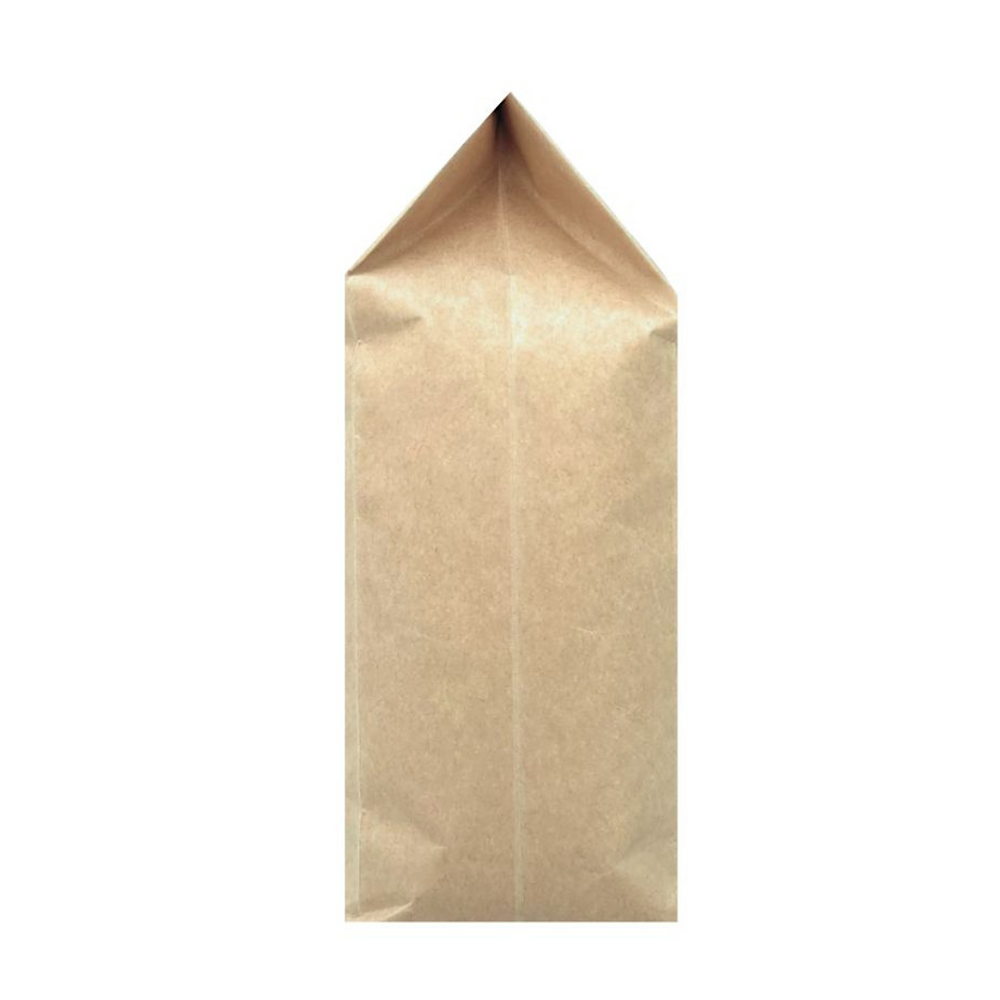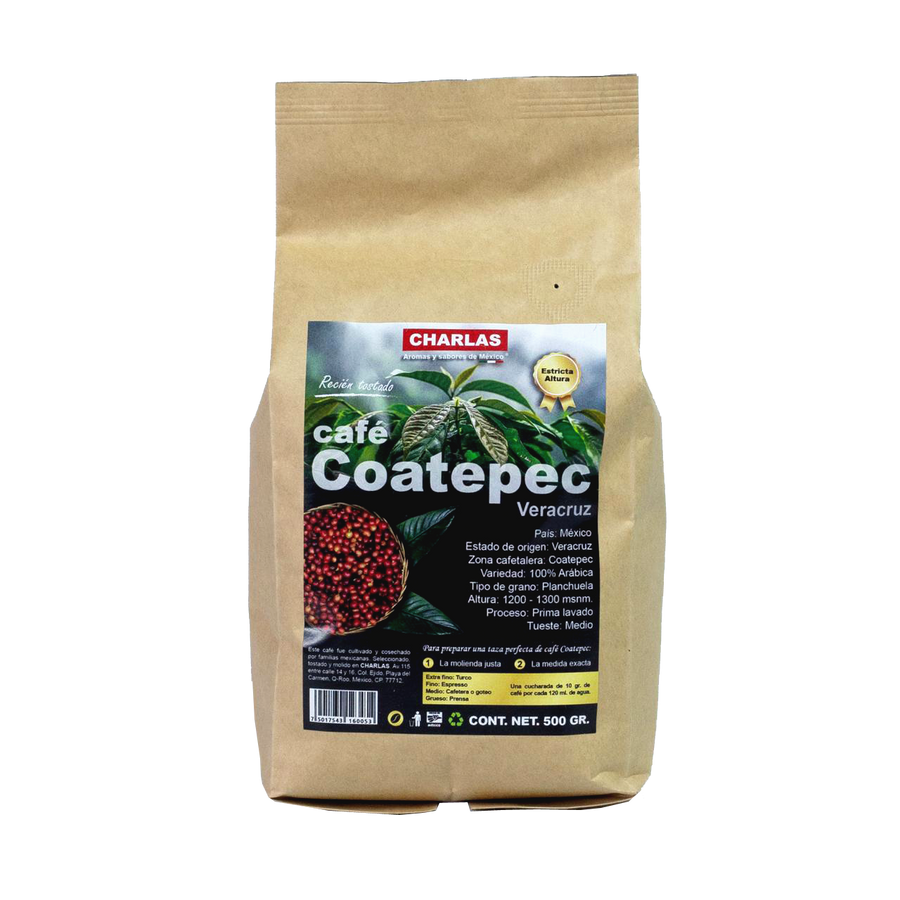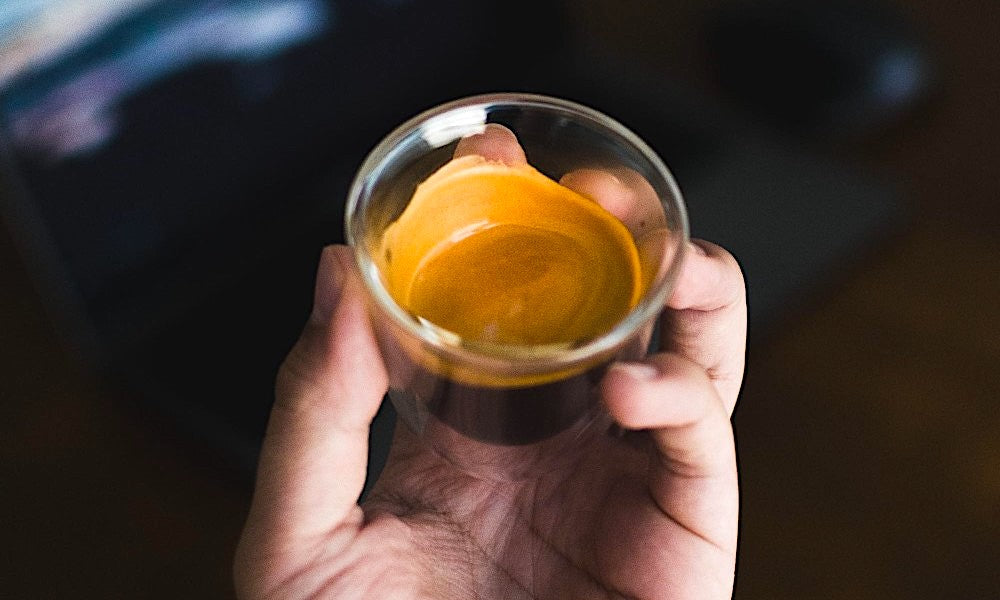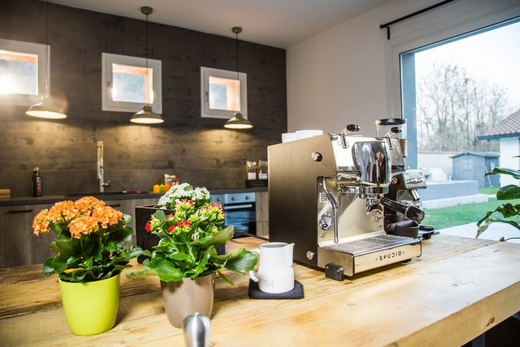Origins of coffee
On small farms in the mountains, run mostly by small producers, you'll find an often-overlooked treasure that is growing at historic levels with great momentum: Mexican coffee.
Mexican coffee has a lot to offer and can do nothing against other countries that produce this aromatic bean: sublime quality, distinctive and fruity profiles, a positive social and environmental impact, and a rich legacy in coffee production.
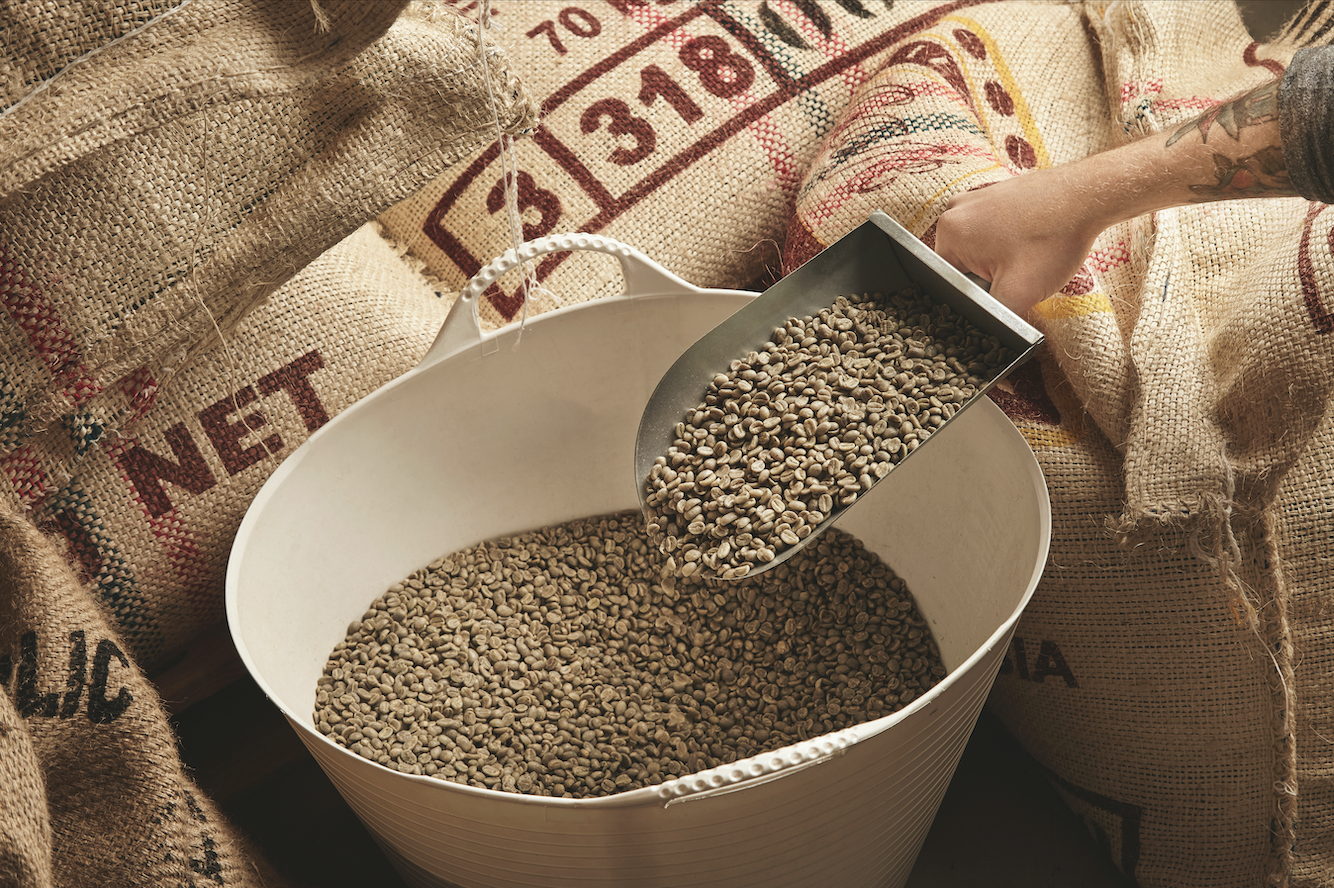
❝ The coffee of Mexico.
In recent times, Mexico exported 2.6 million 60-kilogram bags in 2018/19. While this is less than 1% of total global coffee exports, it makes the country the world's ninth-largest coffee exporter and the eleventh-largest green coffee producer.
How much coffee does Mexico grow?
The plant is cultivated in 16 states in Mexico, but the majority is distributed across 711,000 hectares (2018 figure) in the south of the country.
Coffee first arrived in the late 18th century, when it was grown on farms owned by Europeans with workers from Mexico. A revolution that occurred in the early 20th century began a process of changing the status quo through land reform.
Today, Mexican farms are very different from the large plantations of the past: the most recent agricultural census recorded 515,000 producers, 85% of whom were from Mexico and 95% farmed less than three hectares. Across the coffee industry, small producers are the most vulnerable of all, although the Mexican government is working with the National Institute of Indigenous Peoples (INPI) to provide them with support.
Coffee production
Much of the country's production is organized through cooperatives. Another little-noticed fact is that Mexico is one of the largest exporters of certified organic coffee in the world, with up to 8% of producers growing it, according to the Ministry of Agriculture and Rural Development (SADER). These facts are related, but to understand why, it is necessary to go back almost 40 years.
In 1973, the Mexican government, recognizing the potential of coffee to aid rural development, established the national coffee institute INMECAFE. A decade later, coffee became Mexico's most valuable export crop, accounting for 35% of total agricultural production by the mid-1980s. Production peaked at over 440,000 tons of green coffee in 1990.
However, the collapse of the International Coffee Agreement removed the minimum price for coffee and eventually INMECAFE closed. In its place emerged cooperatives, which not only supported small producers in Mexico but also encouraged the production of organic coffee.
Qualities of Mexican coffee
Mexican coffees tend to be lighter and smoother in body, with delicate flavors. They have the potential to be exceptional: in the 2019 Cup of Excellence, six coffees crossed the 90-point threshold. Jose Arguello’s Gesha won with an astonishing score of 93.07 points (and sold for $35.40/lb of green coffee). Judges noted that this Chiapas coffee had notes of jasmine, bergamot, lemongrass, and vanilla, and was generally very sweet with a butter-like mouthfeel.
Mexico grows mainly shade-grown Arabica coffee, with Robusta accounting for only 3–4% of the country's production. 35% of Mexican coffee is grown at 900 m asl, under conditions that (in Mexico's relatively cooler climate) are favorable for the highest quality coffees.
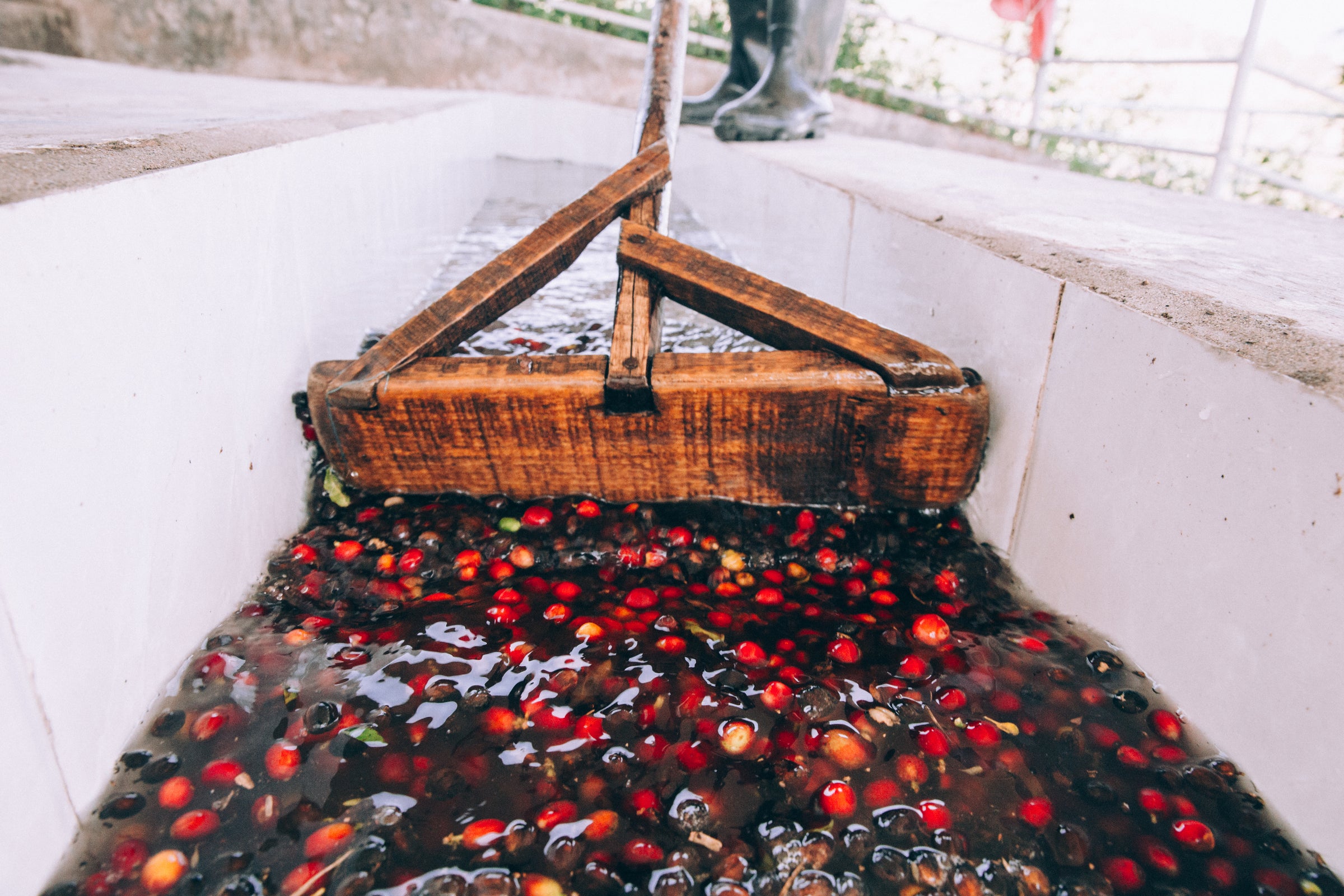
The coffee process
In Mexico, 90% of coffee is washed, and with the other 10% you will find processes such as honey and natural.
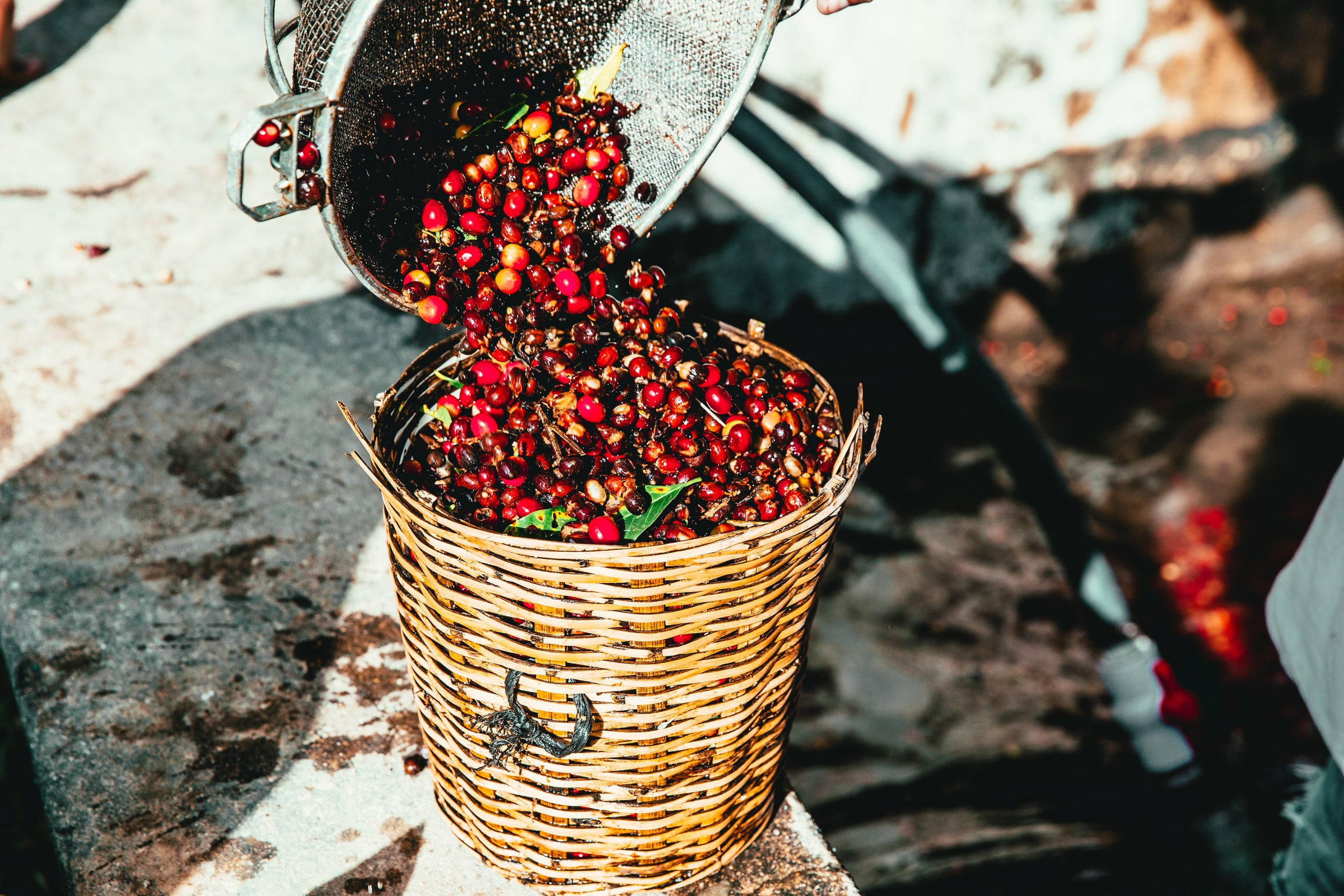
❝ Inside your coffee there is a great story
One bag of coffee, one story at a time.
The 3 most important regions
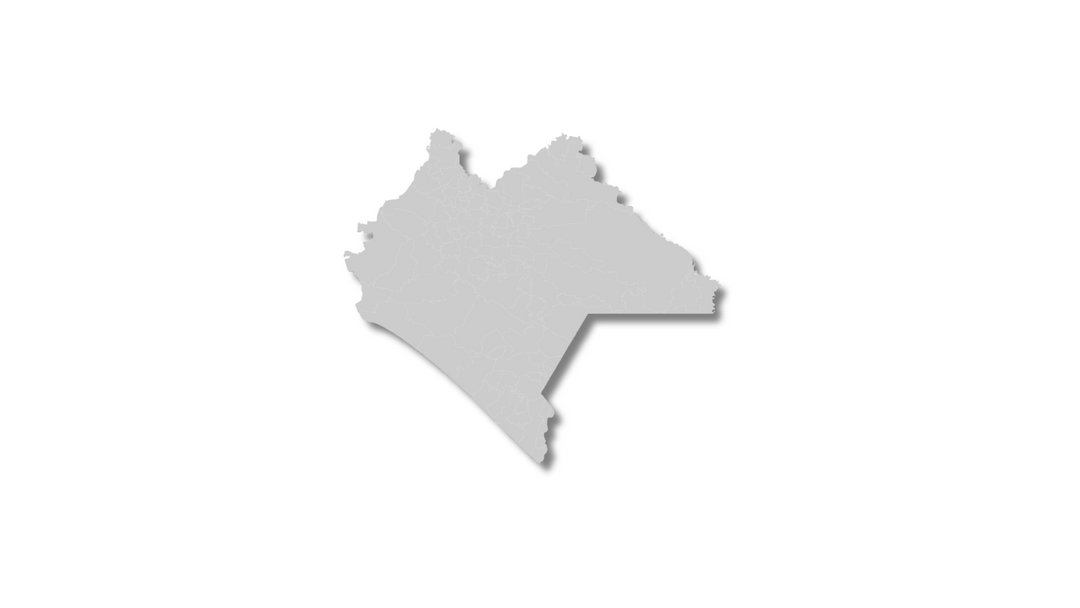
Chiapas
Chiapas is the main coffee producing state in Mexico: for the 2021-2022 harvest, its 178,000 producers, 95% of whom are small-scale, are expected to produce around 1,422,300 60-kilo bags.
This figure will be equivalent to 39.5% of national production, according to the Annual Report on Coffee Production in Mexico from the United States Department of Agriculture, through its Foreign Agricultural Service and in collaboration with the Global Agricultural Information Network.
In addition, the region produces very high-quality coffee. The first two places in the 2021 Mexico Cup of Excellence were obtained by two local coffee growers: José Arguello from Finca Santa Cruz with 91.58 points and Silvia Herrera from Finca San Luis, with 90.25 points.
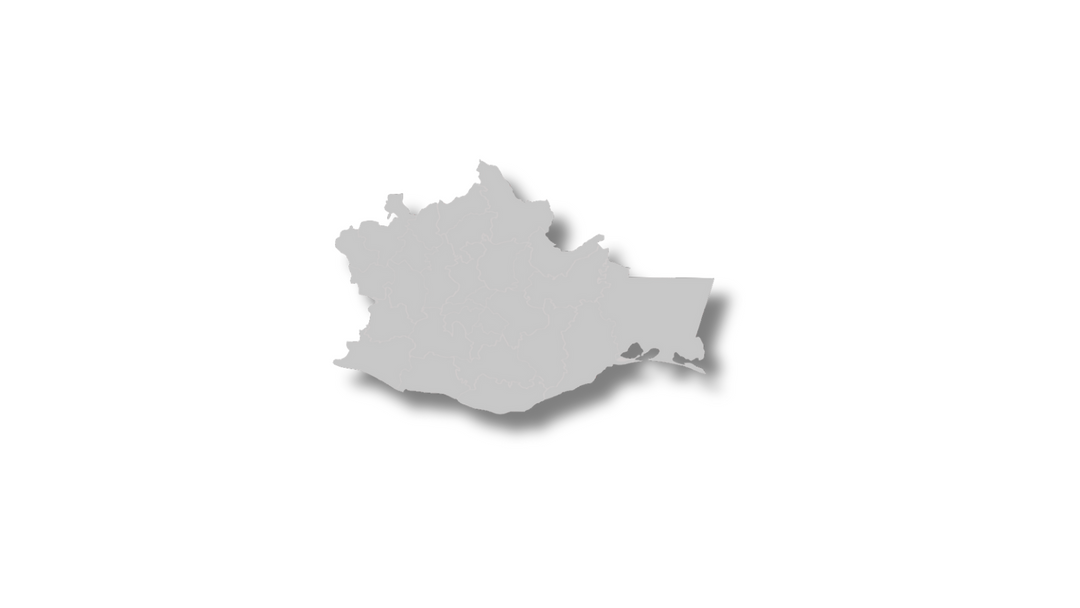
Oaxaca
Oaxaca borders the lower part of Veracruz and the upper part of Chiapas, while the Pacific Ocean lies to the west. Its coffee farms are generally at 900 - 1650 m.a.s.l.
Although it is the least technologically developed of Mexico's three main coffee-growing regions, Oaxaca coffees are both distinctive and highly sought after. They tend to be sweet with caramel nuances, notes of yellow fruits, orange acidity, a creamy body and floral touches.
Many producers in the area avoid modernization of the coffee process and are in favor of traditional cultivation methods. In Oaxaca Pluma Hidalgo you will find 80-year-old farms where they work the same way as they did in the 1940s. 70% of the varieties are traditional to the area.
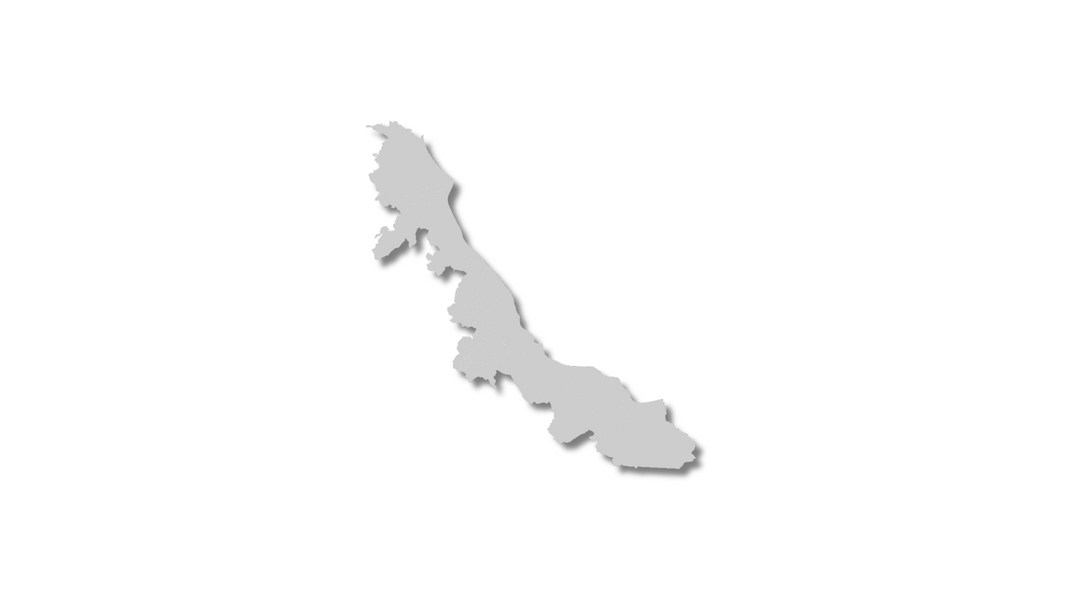
Veracruz
The long, thin state of Veracruz caresses the Gulf of Mexico. It can take pride in being the first Mexican state to see a coffee tree planted on its soil in the 18th century.
The finest coffees from Veracruz, grown in inland mountains at 1100–1600 m above sea level, have notes of “red fruits, blueberries, caramel, panela jam, and are delicate, with bright acidity and very juicy, with a lasting bittersweet aftertaste.”
Technologically, Veracruz is the most advanced of the three states, with more disease-resistant varieties and controlled planting. There are producers who make sure to evenly distribute the coffee plants at a distance of one meter from each other, with no more than 5,000 plants per hectare.
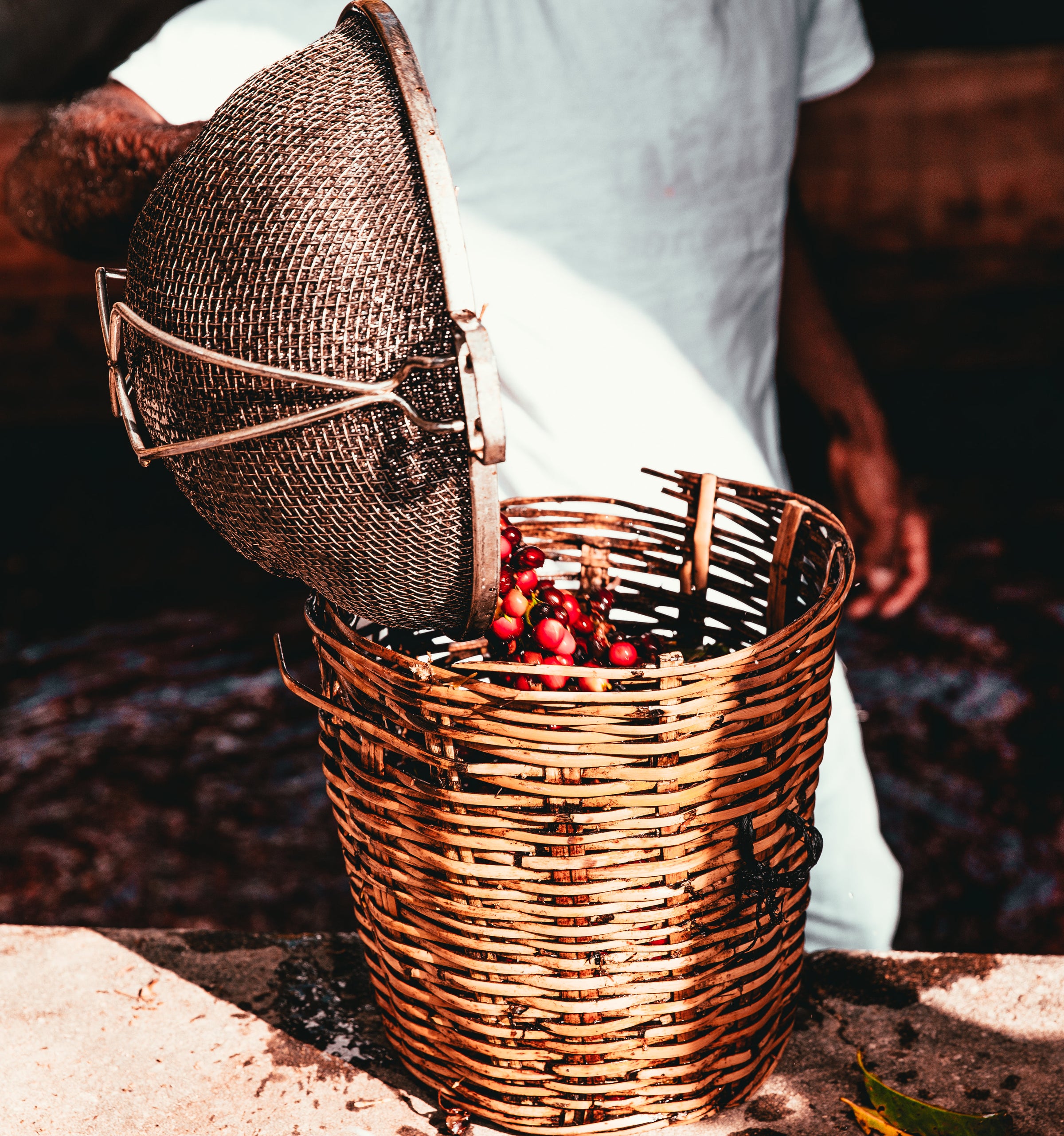
Beyond coffee
Mexico is a diverse and exciting coffee region. Visit Veracruz or Chiapas and you'll see producers embracing modern farming techniques and offering exciting flavours to discerning coffee drinkers.
No matter which coffee-growing region you go to, there will be producers eager to learn more about how they can improve their sustainability and the quality of their coffee. Whether you are interested in their heritage, their flavors, or their organic coffee, Mexico is a country rich in all of these.





